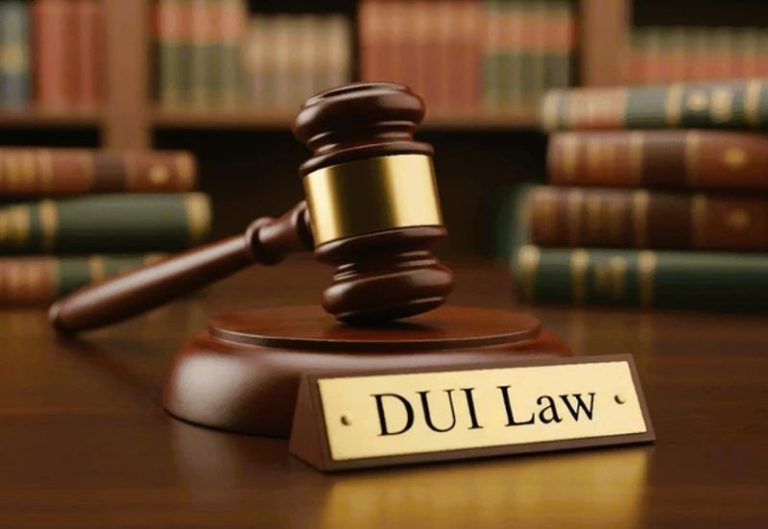

After a crash, both drivers have their version of what happened. You saw the other car run the red light. They swear it was yellow when they entered. You were going the speed limit. They claim you were speeding. The confusion and disagreement are immediate and frustrating. But in Maryland, fault determination isn’t a debate where both people get to claim innocence. It’s a legal process with real consequences, and the rules here are harsher than most states.
Maryland follows strict contributory negligence rules, which means if you’re found even partially at fault, you recover nothing. That’s not a minor technicality. It’s a complete bar to recovery. A driver who’s one percent responsible for an accident gets zero dollars from the other driver, even if the other driver is ninety-nine percent at fault. That’s the law in Maryland, and it makes proving fault absolutely critical to your case.
Understanding how fault gets legally proven and what evidence matters determines whether you recover fairly or walk away with nothing, which is why knowing about determining fault in Baltimore car accidents shapes every decision after a crash.
Maryland’s All-or-Nothing Fault Law
Contributory negligence in Maryland is unforgiving. It’s called the “pure” contributory negligence standard, and it means any portion of fault eliminates your right to recover. Most states use comparative negligence instead, allowing you to recover even if you’re partially at fault, just with your percentage reduced. Maryland doesn’t work that way. This legal reality makes proving you weren’t at fault or were minimally at fault absolutely essential.
The implications are enormous for how insurance companies negotiate. They know that if they can paint you as even slightly responsible, your case becomes worthless. That creates incentive for them to low-ball you early and loudly declare shared fault. They’re not trying to be fair. They’re trying to eliminate your claim with a technical legal argument.
Understanding this rule means understanding why admitting fault is dangerous and why staying silent at the accident scene protects you legally.
How Fault Is Determined
Police reports create the first official record of what happened. The responding officer documents vehicle damage, skid marks, witness statements, and their initial assessment of traffic law violations. This report becomes crucial evidence because it’s created while details are fresh and by someone with no stake in the outcome. Insurance companies rely heavily on these reports, though they’re not legally binding.
Photographs and video footage capture objective evidence. Damage patterns show the force and angle of impact. Traffic signals and road markings are documented. Witness statements provide independent perspectives beyond what the drivers claim. Electronic data from vehicles, including black boxes that record speed and braking, can prove what actually happened despite what drivers remember or claim.
Traffic law violations indicate fault clearly. Running a red light is negligent. Speeding in an intersection is negligent. Failing to yield when required is negligent. If the police report shows a traffic law violation, that establishes the legal foundation for fault.
When Evidence Conflicts
Accident reconstruction experts become essential when evidence conflicts. These specialists analyze physics, impact patterns, and vehicle damage to determine how the crash actually occurred. They can often prove whether a vehicle was traveling at the stated speed, which direction forces came from, and whether statements align with physical evidence. Their testimony carries weight because it’s based on science rather than competing claims.
Camera footage from nearby businesses, traffic cameras, or dashcam video eliminates he-said-she-said disputes entirely. Video doesn’t lie or remember incorrectly. If the footage exists, it typically determines fault definitively. Some crashes have no video available, but you should always ask businesses or nearby residents if they have cameras pointed at the crash location.
Quick documentation matters because memories fade and evidence disappears. The longer you wait after a crash to gather information, the harder it becomes to reconstruct what happened. Witness contact information becomes stale. The scene changes. Your own memories become less reliable.
Protecting Yourself After a Disputed Crash
Never admit fault or speculate at the accident scene. Stick to factual statements about what you saw and experienced. Don’t say “I didn’t see them coming” because that suggests inattention. Don’t say “It was my fault” even if you’re feeling guilty. Let the investigation determine responsibility. Anything you say becomes part of the insurance company’s file and can be used against you.
Collect neutral evidence immediately. Take photos of vehicle damage, the entire crash scene from multiple angles, traffic signals, road conditions, and any debris. Get contact information and statements from witnesses before they leave. Ask the police officer for their name, badge number, and report number so you can obtain the official report.
Call an attorney as soon as possible after a serious crash. Local experience in Maryland courts and with local insurance practices matters enormously. An attorney stops you from making statements that undermine your case and starts building evidence protection before the other side mobilizes against you.
Conclusion
Proving fault in Maryland crashes is a high-stakes legal process where the all-or-nothing rule means everything. Documentation, evidence, and legal strategy determine whether you recover fairly or get nothing.
Careful record-keeping from the crash scene protects you. Avoiding casual admissions or speculation keeps your position strong. Working with an attorney who understands Maryland’s strict fault rules ensures you’re protected throughout the process.
Being aware of determining fault in Baltimore car accidents means understanding that establishing your innocence is just as important as proving their liability.


